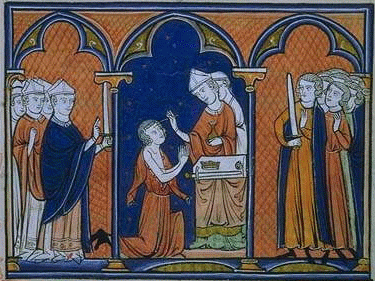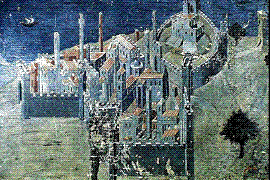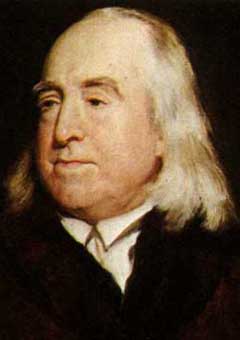
Canon Law

Secular Law
(Commission of Jurists)
| Codification 1225 to 1900 | First Wave of Codification |
|
Canon Law |
Secular Law |
| Pope Honorius III, Compilatio quinta (Tancredus of Bologna) | |
| Emperor Frederick II, Liber Augustalis 1231 | |
| Pope Gregory IX, Decretales 1234 (Raymond of Penyafort) | |
| Italian City States(Map), Brescia 1200, Bologna, 1245, Florence 1246, Genoa, 1143, Lucca 1224, Milan, 1216, Parma, 1276 | |
| Perugia, 1279, Piacenza, 1135, Pisa 1162, Siena 1250, Vercelli 1241, Verona, 1205, Viterbo 1237 | |
| Pope Boniface VIII, Liber sextus
March 3, 1298
(Commission of Jurists) |
|
| Pope John XXII, Clementines 25 October, 1317 | Castile and León(Map), Alfonso X the Wise (1221-1284), Siete Partidas 1251-1265 |
Second Wave of Codification
|
|
France: In the middle of the 15th century, there was a movement to codify customs. This was capped by a decree of Charles VII in 1453 --- an official compilation of the customs of the kingdom. |
| Although the customals were ordered at that time, most were not compiled until the 16th century. Each province of France then had a legal code. Customs no longer had to be proven in court. The customals were often revised by taking the jurisprudence of the Ius commune into account. | |
| Pope Gregory XIII established a commission called the Correctores Romani to revise all previous collections of canon law including the private collections (Gratian, Extravagantes John XXII and the Exravagantes communes). Franciscus Pegna and Sixtus Fabri. Antonius Augustinus (Spanish) was an important scholar who participated in the work. In 1582 Gregory promulgated the Editio Romana as the official text of canon law. | In the sixteenth century, there were 60 general customals and 300 special customals. The official compilation of the customs was the beginning of the scientific movement. Lawyers began to extract general principles of French law -- which became known as the Common Customary Law of France. |
| The Customal of Paris became the most influential. But it did not cover all private law. Royal Ordinances became important in the 16th and 17th centuries. |
|
Modern Canon Law
Codex iuris canonici 1917 |
Modern Codifications
|
||||
The Codex iuris canonici was published by Benedict XV, 27 May 1917, with the bull Providentissima mater ecclesia. The organization of the Code was not according to the classical canonical divisions (Iudex, Iudicium, Clerus, Sponsalia, Crimen) but according to the divisions adopted by ancient Roman jurists (Gaius and Justinian) (Personae, Res, Actiones) 1983 Codex iuris canonici Latin 1983 Codex iuris canonici (English) 1983 Codex iuris canonici Canons 1-95 (Latin-English)
|
Codification in the American Colonies: Massachusetts 1641 Austria (Legal history): Codex Theresianus Maria Theresia, 1753-1766 Prussia (Legal history): Allgemeines Landrecht für die preussischen Staaten 1794 - 17,000 provisions France (Legal history): All attempts of the revolutionary assemblies to draft a code failed. Bonaparte appointed 4 men in 1800 to prepare a draft of a code. The final code was put into place in March, 1804. Had 2281 articles. The new code did not obviate old law, but only laws contrary to it. Commentaries were forbidden. In 1807 it was given name Code Napoléon. Later known as Code civil. English Attempts at Codification (16th and 17th centuries) Jeremy Bentham († 1832),  Codification Proposal, Addressed by Jeremy Bentham
to All Nations Professing Liberal Opinions
(1822) Codification Proposal, Addressed by Jeremy Bentham
to All Nations Professing Liberal Opinions
(1822)Leading Principles of a Constitutional Code for Any State (1823)
Germany, Bürgerliches Gesetzbuch (1900) =BGB - Friedrich Karl von Savigny Historical School Spain (Legal history), Nueva recopilación 1567, Recopilación de las leyes de las Indias 1680, Novísima recopilación 1805 Italy (Legal history), 1865 |